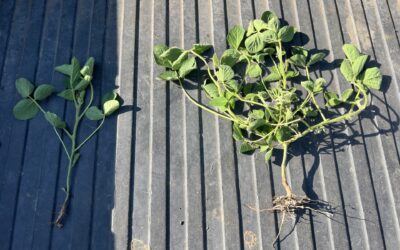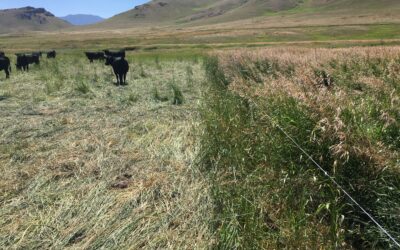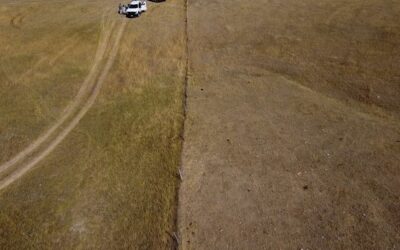Diversity
Soil Health: Principle 4 of 5 – Maximize Plant Diversity:
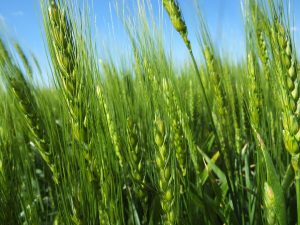 Our prairie soils were built under a widely diverse plant community. This plant community consisted of grasses, sedges, nitrogen fixing legumes, wildflowers, forbs, and more, all with different root types and depths. The prairie ecosystem didn’t just provide for the bison, deer and pronghorn, it also provided for the soil fungi, bacteria, and worms. So, it seems to make sense that if we want to build healthy soils, we need to feed the soil a healthy, diverse diet.
Our prairie soils were built under a widely diverse plant community. This plant community consisted of grasses, sedges, nitrogen fixing legumes, wildflowers, forbs, and more, all with different root types and depths. The prairie ecosystem didn’t just provide for the bison, deer and pronghorn, it also provided for the soil fungi, bacteria, and worms. So, it seems to make sense that if we want to build healthy soils, we need to feed the soil a healthy, diverse diet.
How do we maximize plant diversity?
If you currently graze perennial pasture that has never been sod-busted, you may have many of the original prairie plants already. To keep or increase the diversity of your plant community, proper grazing management is key. Change season of use yearly, stock properly, rotate regularly.
On the crop production side, try to imitate the native plant community, which consisted of warm and cool season grasses and broadleaves. This can be done through crop rotation and the use of cover crops. Examples of common crops in each category:
- Cool season grasses: oats, spring and winter wheat, rye
- Warm season grasses: corn, millet, sorghum, sudan
- Cool season broadleaf: peas, lentils, flax, canola
- Warm season broadleaf: soybean, sunflower, cowpea
If one or two of these crop types doesn’t fit into your operation, consider planting a cover crop mix with that crop type in the mix. By having all four categories in your rotation, you can help feed a more diverse soil microbiome.
When choosing species for your cover crop mix be sure to consider your other goals beyond feeding diverse soil life. For example:
- Utilizing excess moisture
- Forage for livestock
- Weed suppression
- Building organic matter
- Reducing compaction
- Fixing nitrogen.
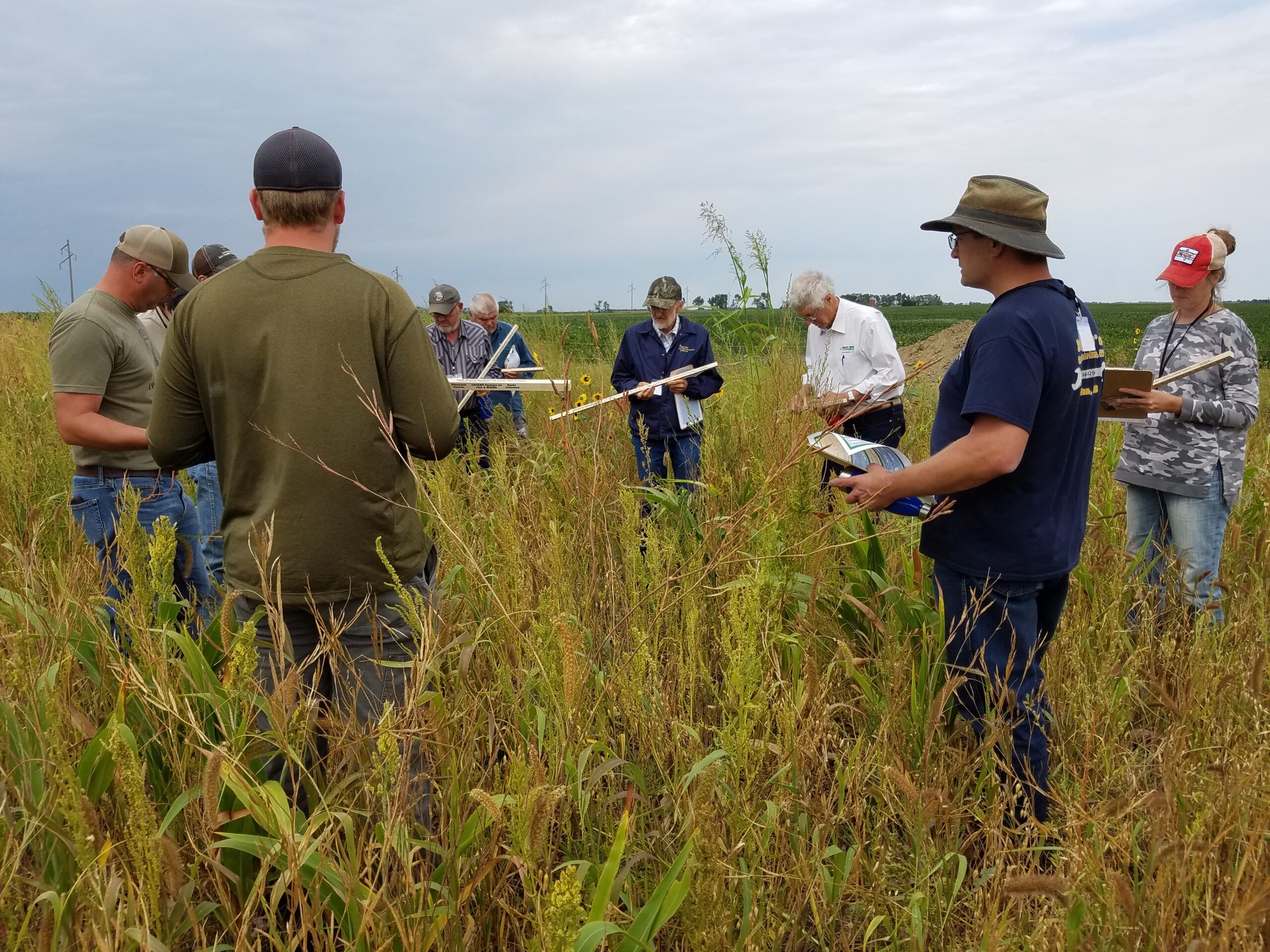
West River Soil Health School Registration Open!
In 2024, the South Dakota Soil Health Coalition will host an additional Soil Health School in west of the Missouri River! The 2024 West River Soil Health School with be held June 26-27 near Caputa, SD! This school will focus on issues specific to the land, climate, and ag production systems of wester South Dakota. Class size is limited, so early registration is strongly encouraged!
News & Events
Farmer reaps higher yields by interseeding soybeans
By Stan Wise Alex Frasier has spent a lot of time studying what it takes to grow a successful crop. After studying ag production and precision technology at Lake Area Technical College, he has worked in ag retail and currently works as an agronomist in Aberdeen, SD....
Farm and ranch innovators to share new ideas at Soil Health Conference
By Stan Wise PIERRE, SD — Before Cooper Hibbard came home to manage his family’s ranch, he studied ag business, rangeland resources and Spanish at California Polytechnic State University and then worked on ranches all over the world. That education and experience...
Wintertime is decision time
By Stan Wise PIERRE, SD – It’s often said that the best time to start improving your land was 20 years ago, but the second-best time is right now. That statement might be harder for ranchers to swallow with winter on their doorstep, nothing growing in their pastures,...
